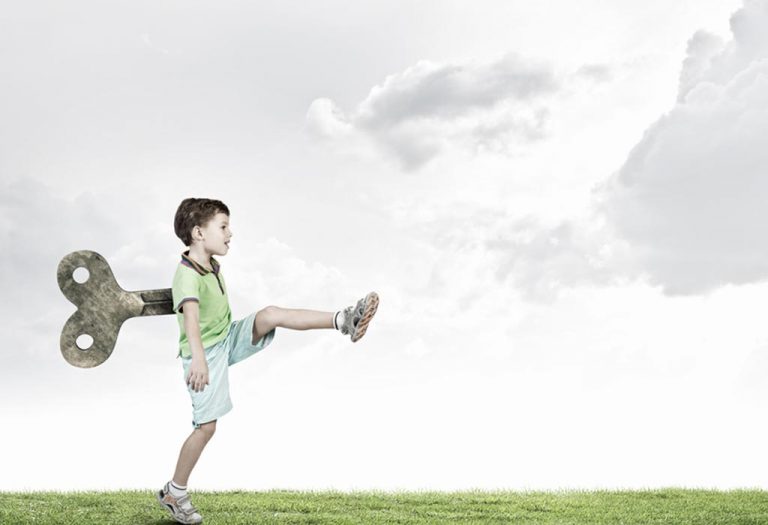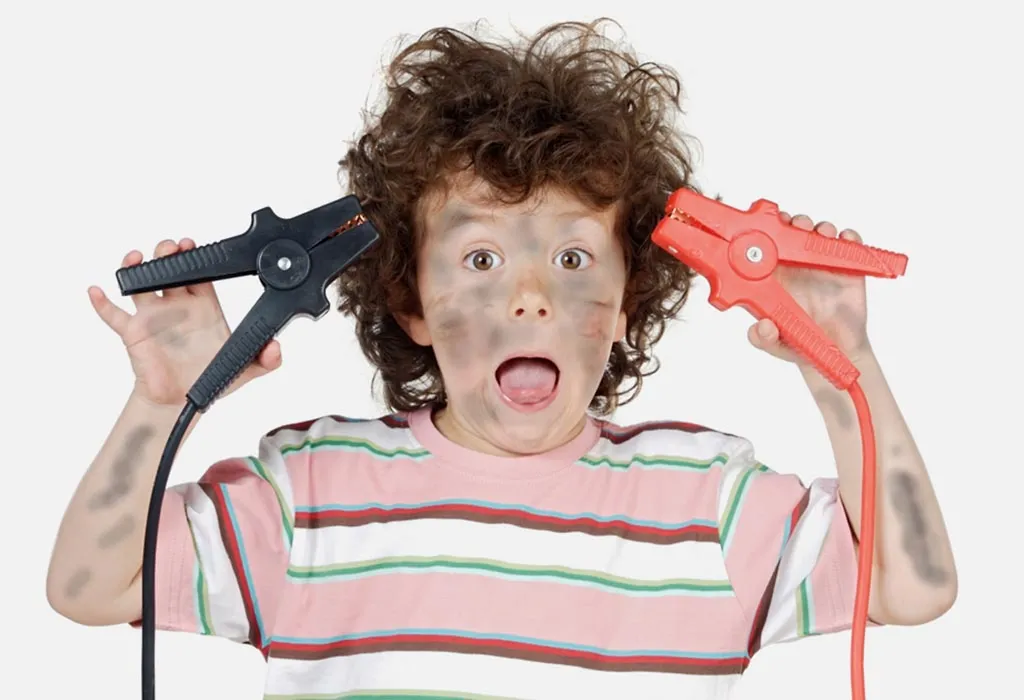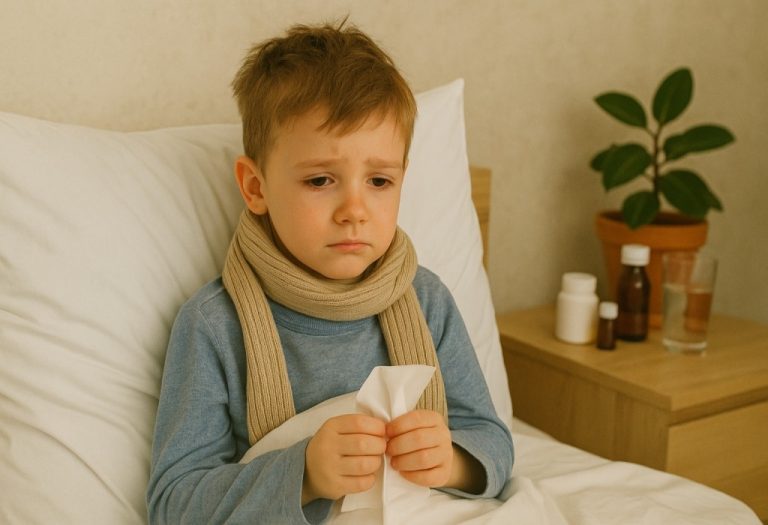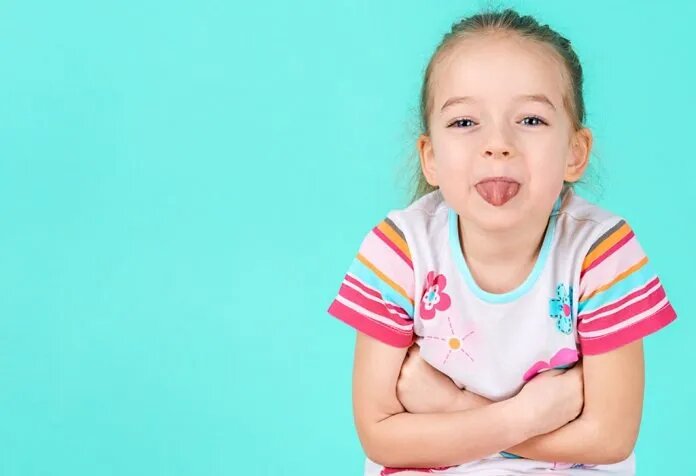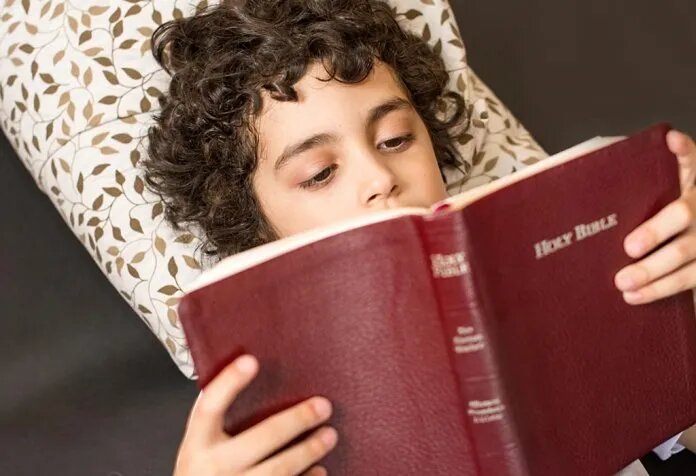Hyperactive Kids – How to Deal With Them

If you’ve got a problem-child at home who can’t seem to sit still or listen mindfully, then that may be a sign of hyperactivity. Dealing with hyperactive child can be both challenging and rewarding. These children are often full of energy, curiosity, and creativity, but their high activity levels and difficulty focusing can sometimes lead to frustration for parents, teachers, and caregivers. It gets even worse if you hear complaints from the teachers of your child’s recklessness and lack of care both inside and outside the classroom. Here’s everything you need to know about hyperactivity in children and tips for dealing with them.
What Is Hyperactivity in Children?
Hyperactivity in children is characterised by reckless behaviour and too much activity that stems from receiving a lack of sufficient attention. Hyperactive kids seldom get tired; they can’t focus or have a short attention span in general. Hyperactivity in children results in poor academic performance, lack of socialisation, and in severe cases, even complete withdrawal from participation in group activities, thus leading to depression, frustration, and poor self-esteem.
What Causes Hyperactivity in Kids?
Kids become hyperactive when there is an imbalance in the production of the two neurotransmitters, adrenaline and dopamine, in the brain. Hyperactivity primarily stems from ADD (Attention Deficit Disorder), and most cases of hyperactivity are linked to ADHD (Attention Deficit Hyperactivity Disorder) (1).
The other causes of hyperactivity include the environment and the families the kids belong to. Here’s how hyperactivity is caused in kids in households:
1. Authoritarian Parenting
When you become too restrictive with your rules and do not allow your child to be flexible, your child is more likely to be hyperactive. Parents constantly punishing their kids for failing to get good grades or always scolding instead of talking are some examples or signs of authoritarian parenting. Authoritarian parenting lowers children’s confidence, weakens self-esteem, and all that lack of mental upbringing translates to poor results and hyperactivity in the classroom. Since kids feel inferior, they vent out their frustration by failing even more or being hyperactive at home or in school (2).
2. Neglectful Parenting
If you constantly neglect your kids and don’t tend to their needs, then they won’t have a person or parent to turn to for advice when they are in trouble or when they face something outside their comfort zone. Neglectful parenting also imbibes a lack of sense of certainty, and children sometimes don’t know the consequences of their actions, thus acting reckless and hyperactive without a second care in the world (3).
3. Overprotective Parenting
Do you dress your kids, decide how much pocket money they get, or in general, dictate how they proceed through every minute of their lives? That’s what we call overprotective parenting. Kids need freedom and autonomy to a certain degree, and when parents invade their space every waking minute of their lives, they become frustrated, uncomfortable, and hyperactive.
Signs and Symptoms of Child Hyperactivity
The signs and symptoms of a hyperactive child are as follows (4):
- Impulsiveness or a lack of self-control.
- Lack of focus and extremely short attention spans.
- Interrupts conversations constantly and shares their thoughts aloud.
- Too much motor activity and exhibition of uncontrolled movements.
- Unable to sit still for a few seconds to minutes.
How Is Childhood Hyperactivity Diagnosed?
There are no specific signs or symptoms of hyperactivity since most pre-schoolers and young children are hyperactive to a certain degree. However, these are some ways your doctor may diagnose childhood hyperactivity.
- Through the review of family and medical history.
- Asking daycare givers, pre-school teachers, and neighbours for daily reports.
- He may ask for a record of your child’s daily activities and nutrition info.
- Through a behavioural therapy consultation.
How Can You Deal With Your Hyperactive Child?
Knowing how to deal with a hyperactive child at home, school, or in public is essential for supporting their growth and well-being. Here are some tricks and tips on how to control hyperactive children (5) (6) (7):
Hyperactive Child at Home
Create a calm and structured environment at home to help your hyperactive child thrive and stay focused.
1. Maintain Balance
Create a system of routines and rewards in the household that’s a bit flexible in nature. You don’t want to bore your kids to death by instilling sheer discipline and spoil their mood that way. Good parents know when to enforce consequences for failing to meet goals while spending enough time with their kids. They reinforce and remind them that they’re still okay once they realise their mistakes. Be an authoritative parent, not an authoritarian or dictator-type parent.
2. Yoga and Meditation
Some children have abundant energy, and a meaningful way to get them to calm down is to channel it in a positive direction. Yoga and meditation, when combined, will teach them how to channel that energy and live life mindfully. This will develop an awareness of the surroundings, help kids stay focused on the present, and finally, improve their attention span and long-term memory.
3. Household Chores
Household chores may seem boring at first glance, but they can transform into a fun family activity when done together. Split your chores amongst your kids, be it gardening, mowing the lawn, cleaning the kitchen, cooking, or whatever else you need running in the house. Doing household chores inculcates a sense of discipline, responsibility, and improves self-esteem, too!
4. Change Diet
Nutritionally speaking, ADHD and OCD can be cured to a certain extent (or totally in some cases) when you alter your child’s diet. Make sure you skip processed foods, added sugars, salt, and anything that comes packaged or looks unhealthy on the labels. Give your kids fresh, organic, home-cooked meals that are free of preservatives and artificial flavours. Eating clean goes a long way towards improving mood, lifestyle, and overall physical and mental wellbeing.
5. Use Positive Reinforcement
Positive reinforcement is a powerful tool when dealing with a hyperactive child. Instead of focusing solely on correcting negative behavior, make a conscious effort to notice and acknowledge the things your child is doing right. Whether it’s sitting still for a few minutes, completing a task, or using kind words, let your child know you see their effort.
6. Never Neglect
Don’t leave your kids all alone every day. Be involved with their schoolwork, daily activities, and give them some of your attention which they so crave. Hyperactivity stems from a lack of attention. By showing appreciation in moments when you catch them doing something good or productive, they calm down and are reassured of their efforts. Hyperactivity automatically goes away. Just make sure not to be too quick to judge and focus on the positives while ignoring the negatives.
Hyperactive Child at School
Teachers can help hyperactive children thrive by recognizing their needs, providing clear routines, and offering positive reinforcement.
1. Give Breaks
Don’t deny them recess or breaks. When you let the feeling of hyperactivity being allowed in the classroom sink into them, they calm down and respond appropriately.
2. Allow Second Chances
Encourage the children to pay attention to detail and review their work before submitting or showing. Give second chances to them if they make mistakes and seem to be stumbling academically.
3. Choose the Right Seating Arrangement
Work with the teacher to find a seating spot that minimises distractions, such as away from doors, windows, or chatty peers. Sitting closer to the front of the classroom can also help the child stay focused and allow the teacher to monitor and guide them more easily.
4. Break Tasks Into Smaller Steps
Large assignments can be overwhelming. Divide them into smaller, manageable parts with short-term goals. Use checklists or timers to keep the child on track and help them experience success in stages.
5. Communicate With Parents and Specialists
Regular communication with parents, school counsellors, and special education staff ensures a coordinated support system. Sharing observations and strategies can lead to more consistent behaviour management both at school and at home.
Hyperactive Child in Public
When your hyperactive child acts out in public, it’s important to stay calm, redirect their energy, and focus on positive reinforcement.
1. Plan Ahead for Outings
Before leaving home, talk to your child about where you’re going, what to expect, and how you expect them to behave. Preparing them in advance can reduce anxiety and impulsiveness. Bring along snacks, toys, or activities to keep them engaged during waiting times.
2. Set Clear Expectations
Explain the rules clearly and simply before arriving at a public place. Let your child know what behaviour is acceptable and what the consequences will be if rules aren’t followed. Use visual cues or reminders if needed.
3. Talk to Them
Allow your kids to talk about their feelings and share how they feel on a day-to-day basis. Give them closure and a sense of freedom in sharing their thoughts and expressions with you. Give them attention, basically.
4. Stay Calm and Composed
Your child often mirrors your emotions. If you remain calm and collected, even during stressful moments, you’re modelling the behaviour you want to see. Taking deep breaths and keeping your voice steady can help de-escalate tense situations.
Activities and Games to Keep Hyperactive Kids Busy
Here are a couple of activities and games to keep hyperactive kids busy:
- Share Activities With Others – Assign a collaborative project with another kid in the classroom. By pairing a child up with a buddy, you reduce fidgeting and also increase their tolerance for working from a seated position.
- Martial Arts – If your children have got excess energy, then it’s time to put it to some good use. Enrol them in a Martial Arts class like Kung Fu or traditional Karate and watch them get fit, confident, and calm in the process.
- Give a Stress Ball – Stress balls are squishy and aid in developing attention and focus. A stress ball is a wonderful way to tackle kids’ sensory integration problems effectively.
- Play Games – Whether it’s indoors or outdoors, a little bit of gaming with your kids won’t hurt. Try chess, ludo, Chinese checkers, and UNO with them. If they’re feeling a bit adventurous, take it outdoors with games like table tennis, badminton, soccer, and cricket.
- Swimming – Swimming is an amazing activity for hyperactive kids. It builds self-discipline, burns calories, provides room for constant movement, and is fun too! Who knows? You may even have professional athletes in the making when your kids master the art of swimming and get good at it.
FAQs
1. How can I tell if my child is just energetic or truly hyperactive?
All kids have high energy at times, but hyperactivity typically involves constant movement, impulsiveness, trouble focusing, and difficulty staying seated or following directions. If these behaviours interfere with daily life at home or school, it may indicate more than typical energy.
2. Can hyperactivity improve as a child grows?
Yes, many children outgrow hyperactive behaviours or learn to manage them better with time, support, and maturity. Early intervention, structure, and emotional guidance play a significant role in long-term improvement.
3. Can screen time increase hyperactivity in kids?
Yes, excessive screen time, especially fast-paced or overstimulating content, can worsen attention issues and increase restlessness in some children. Limiting screen use and encouraging offline activities can help manage behaviour (6).
4. Is hyperactivity the same as ADHD?
No, not exactly. While hyperactivity is one of the primary symptoms of ADHD, a child can be hyperactive without having the disorder. Attention Deficit Hyperactivity Disorder in children also includes symptoms related to inattention and impulsivity, and a diagnosis requires a comprehensive evaluation by a professional (5).
Hyperactivity is a natural phase in children, and sometimes we have to pay extra attention to it before it becomes a full-blown problem later in life. Remember these tips, be patient with your child, and you’ll see results soon enough.
References/Resources:
1. Nemours KidsHealth – ADHD in Kids & Teens
2. Michigan State University – Authoritarian parenting style
3. National Library of Medicine – Types of Parenting Styles and Effects on Children
4. NHS – ADHD in children and young people
5. UCHealth – How to deal with a hyperactive child at home
6. IIMT University – How to Tackle Hyperactive and Aggressive Child (ADHD)?
7. Nemours KidsHealth – Parenting a Child With ADHD
Also Read:
Aggression in Children
Behaviour Disorder in Kids
Attention Seeking Behaviour in Children
Was This Article Helpful?
Parenting is a huge responsibility, for you as a caregiver, but also for us as a parenting content platform. We understand that and take our responsibility of creating credible content seriously. FirstCry Parenting articles are written and published only after extensive research using factually sound references to deliver quality content that is accurate, validated by experts, and completely reliable. To understand how we go about creating content that is credible, read our editorial policy here.






